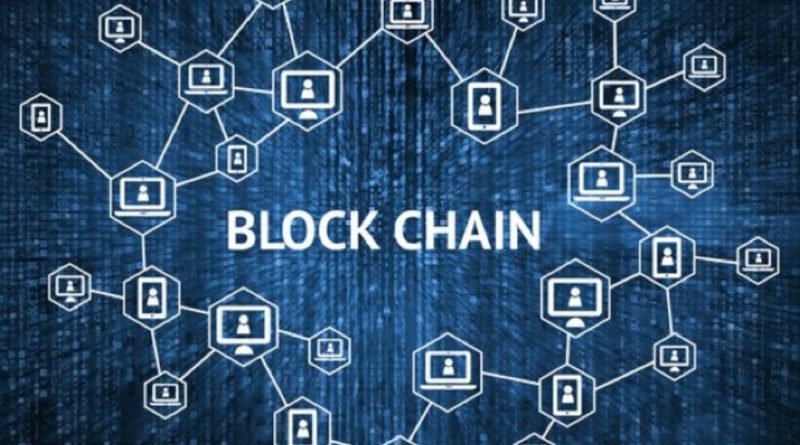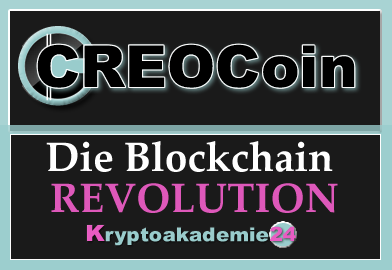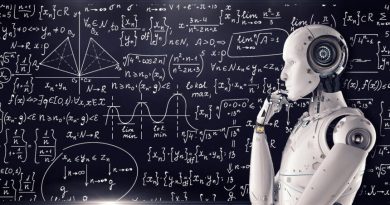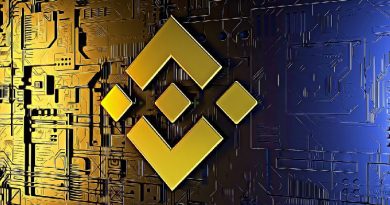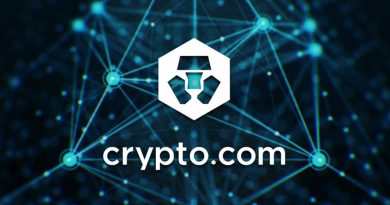Understanding Blockchain. The basics
Understanding Blockchain - Basics
As the name suggests, it is a chain of blocks or a sequence of transactions in chronological order. So it is a chain of blocks, where each block refers to the previous block. The most difficult chain, which is the best/longest, is considered the main blockchain.
Each block is added to the blockchain after a miner finds a hash that is just right for that particular set of transactions. This hash, along with the hash of the previous block, is then distributed across the network and added to the newest end of the blockchain by consensus.
A list of validated blocks, each referencing its predecessor, up to the Genesis block.
The following information is all from this post by Consensys (5-9-2019):
What is blockchain software? Blockchain software is like any other software. The first of its kind was Bitcoin, which was released as open source software, making it available for anyone to use or modify. There are a variety of efforts in the blockchain ecosystem to improve upon Bitcoin's original software. Ethereum has its own open source blockchain software. Some blockchain software is proprietary and not available to the public.
What is a blockchain database? Historically, databases have incorporated a centralized client-server architecture where a single authority controls the central server. This design means that data security, changes, and deletions reside with a single point of failure. The decentralized architecture of blockchain databases emerged as a solution to many of the weaknesses of centralized database architecture. A blockchain network is made up of a large number of distributed nodes - voluntary participants who must work together to create a single transaction record and agree on a consensus.
What is a blockchain system? A blockchain system refers to all aspects and features that go into a particular blockchain, from the consensus algorithm to the state machine and cryptographic functions. As Andreas Antonopoulus and Gavin Wood note in Mastering Ethereum, there are "a variety of blockchains with different characteristics" - qualifications help us understand the characteristics of the blockchain in question, such as open, public, decentralized, neutral, and censorship-resistant.
How does a blockchain work? When a digital transaction occurs on a blockchain network, it is grouped into a cryptographically secured "block" along with other transactions that occurred in the same time frame. The block is then disseminated throughout the network. A blockchain network consists of nodes or participants that validate and forward transaction information. The block of transactions is verified by participants called miners, who use computing power to solve a cryptographic puzzle and validate the block. The first miner to solve and validate the block is rewarded. Each verified block is linked to the previously verified block, forming a chain of blocks. An important cryptographic foundation of blockchains is the hash function. Hashing assigns a fixed value to an input string. The computational power of hashing in blockchains results in a deterministic, rapidly computable, and preimage-resistant system. Explore our knowledge base to learn more about how a blockchain works.
What is a blockchain application? Blockchain applications are similar to conventional software applications, except they implement a decentralized architecture and crypto-economic systems to increase security, establish trust, tokenize assets, and design new network incentives. Here are over 90 Ethereum applications currently in use in the Ethereum blockchain ecosystem, from prediction markets to smart legal agreements.
What are the benefits of blockchain technology? Blockchain technology has a variety of benefits, both for global companies and local communities. The most commonly cited benefits of blockchain are trusted data coordination, attack security, shared IT infrastructure, tokenization, and integrated incentive systems.
What is the blockchain revolution? Blockchain is considered a disruptive technology because of its ability to protect personal information, reduce intermediaries, unlock digital assets, and potentially open the global economy to millions more participants. It is sometimes called the "Trust Machine" because blockchain technology brings transparency and security to digital networks across myriad industries. In many ways, the blockchain revolution can be viewed as a trust revolution.

